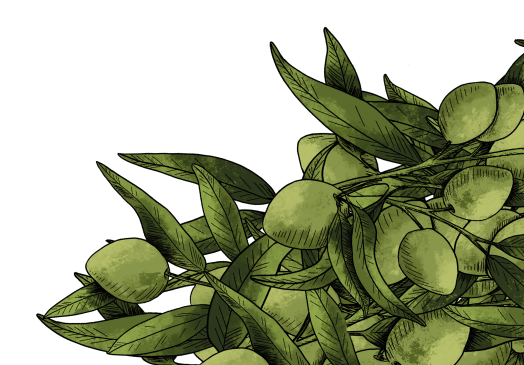
How to recognize a real Marseille soap?
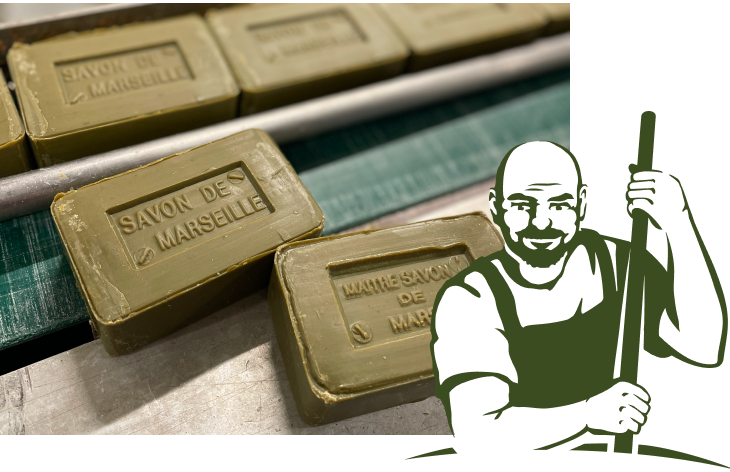
Authentic Marseille soap is often the target of many counterfeit products. The majority of products labelled "Marseille soap" do not respect the criteria of the original product and its traditional manufacture.
It's important to note that the "Savon de Marseille" designation is not protected. In fact, it can be applied to any type of soap, whatever its geographical origin, manufacturing method or composition.
Discover below all the essential elements for recognizing a genuine Marseille soap.
Union des Professionnels du Savon de Marseille (UPSM) logo
The logo registered by the Union des Professionnels du Savon de Marseille (UPSM) is of crucial importance in identifying a genuine Marseille soap.
In 2011, four historic Bouches-du-Rhône soap factories, including the renowned Savonnerie du Midi with Maitre Savon de Marseille, joined forces to create the UPSM. This initiative stems from a shared desire to preserve the authentic character of traditional Marseille soap.
These emblematic soap factories have sealed their commitment by signing a manufacturing charter to be respected. This manufacturing charter guarantees the composition of traditional Marseille soap, the details of its manufacturing process and its geographical origin.
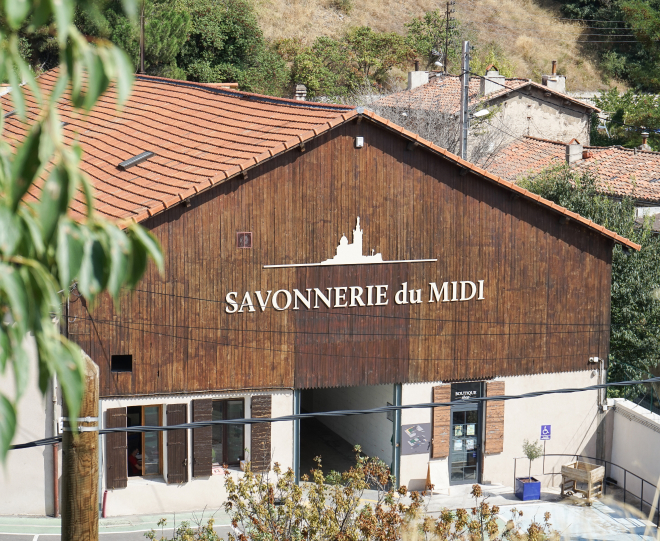
Criteria for genuine Marseille soap
Composition
Genuine Marseille soap is distinguished by its minimalist composition, comprising no more than 4 or 5 ingredients: sodium olivate (olive oil), sodium cocoate (coconut oil), sodium palmate (palm oil), aqua (water), sodium chloride (salt), sodium hydroxide (soda).
Oil concentration is often an indicator of quality: the words "72% vegetable oils" on the packaging will confirm this natural composition, with no preservatives or colorants.
Color & odor
Vegetable oils impart green or beige hues to the soap. Marseille soap has a hard texture and can be rough. Beware of colored Marseille soaps, as they may contain artificial additives.
The characteristic smell of olive oil, most often present, is a reliable indicator. If no olive scent is detected, or if another fragrance is present, this could indicate an inauthentic product. For example, soaps scented with lavender, lemon and thyme, sweet almond, etc., are not Marseille soaps.
Geographical origin
& manufacturing process
Genuine Marseille soap is made using a specific saponification process known as the "Marseilles process", which is carefully monitored by the Maitre Savonnier, in or near Marseilles. This traditional cauldron process, as well as the geographical origin, are additional criteria for recognizing a genuine Marseille soap.
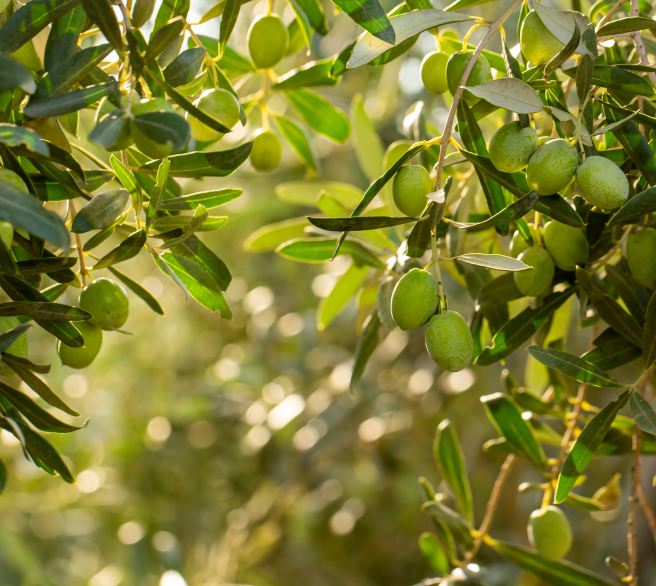
In short, you can follow these tips
to recognize a genuine Marseille soap
Read labels carefully and look at the composition, as well as the oil percentage if noted.
Pay close attention to the product's appearance and origin.
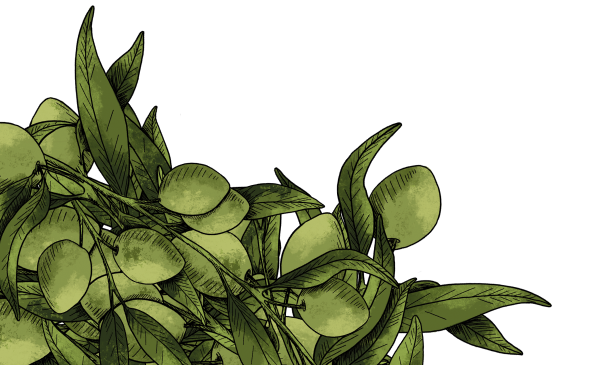
Opt for Marseille tradition and make every use of your soap a tribute to over 130 years of authentic know-how!
